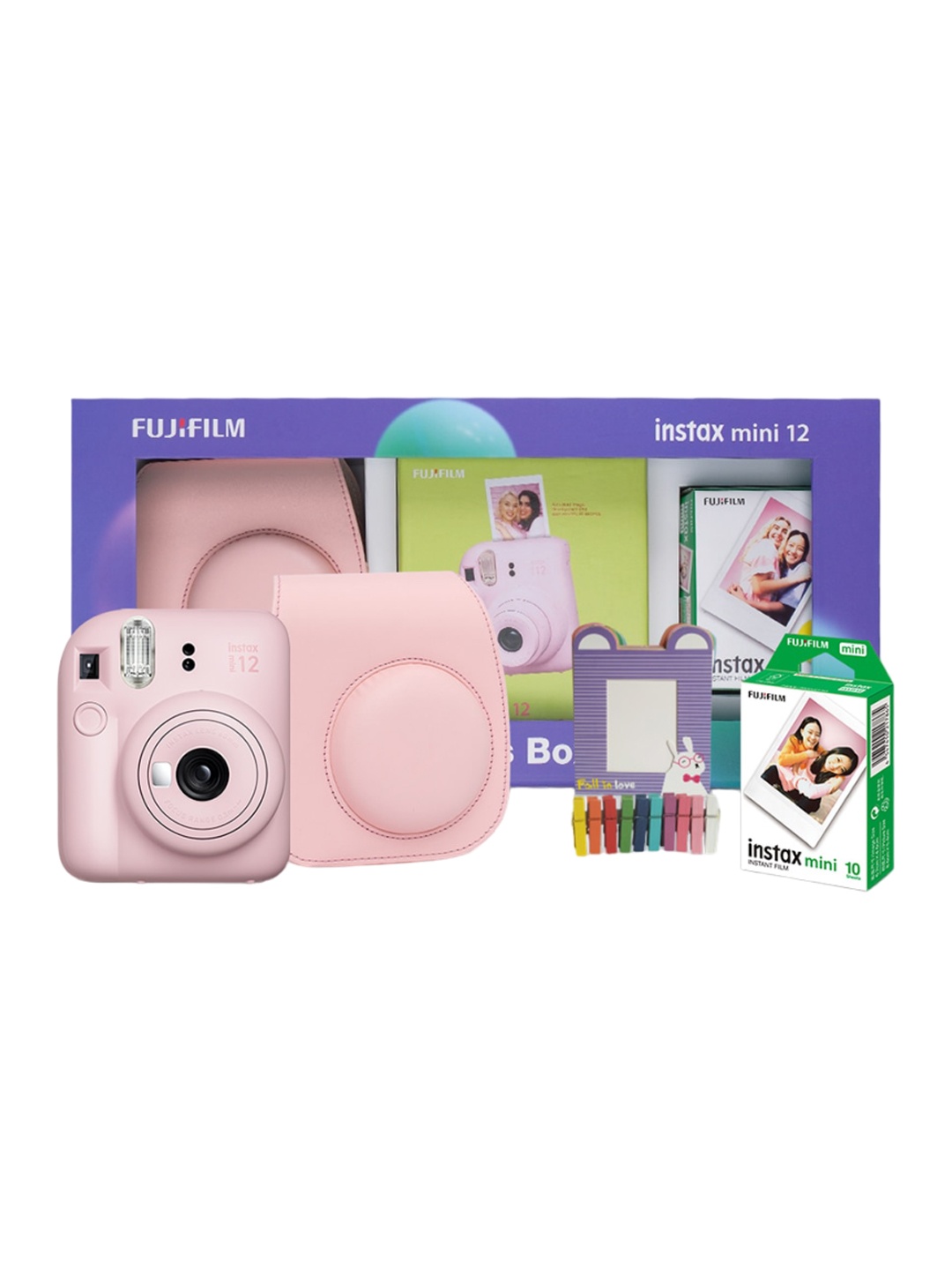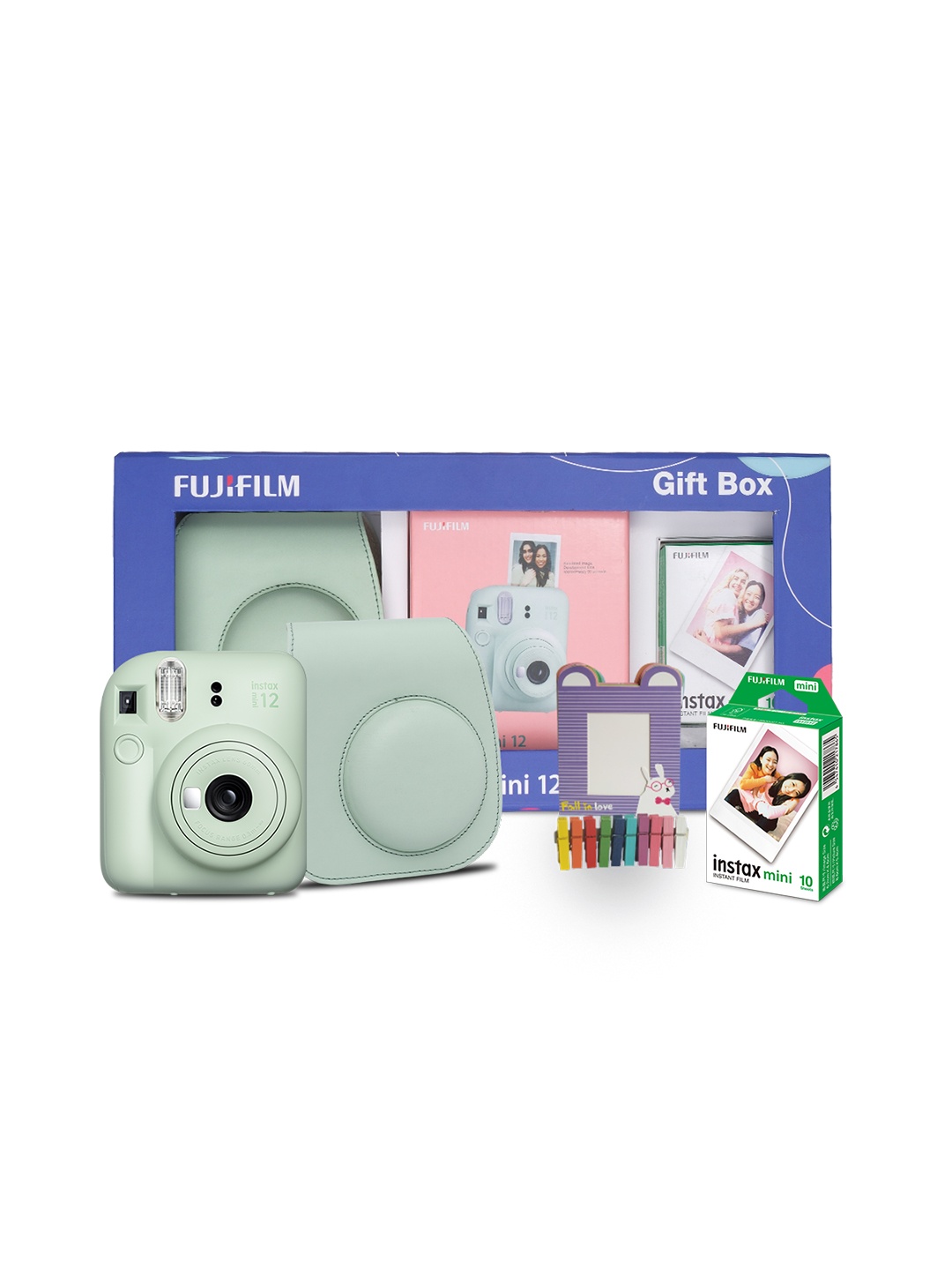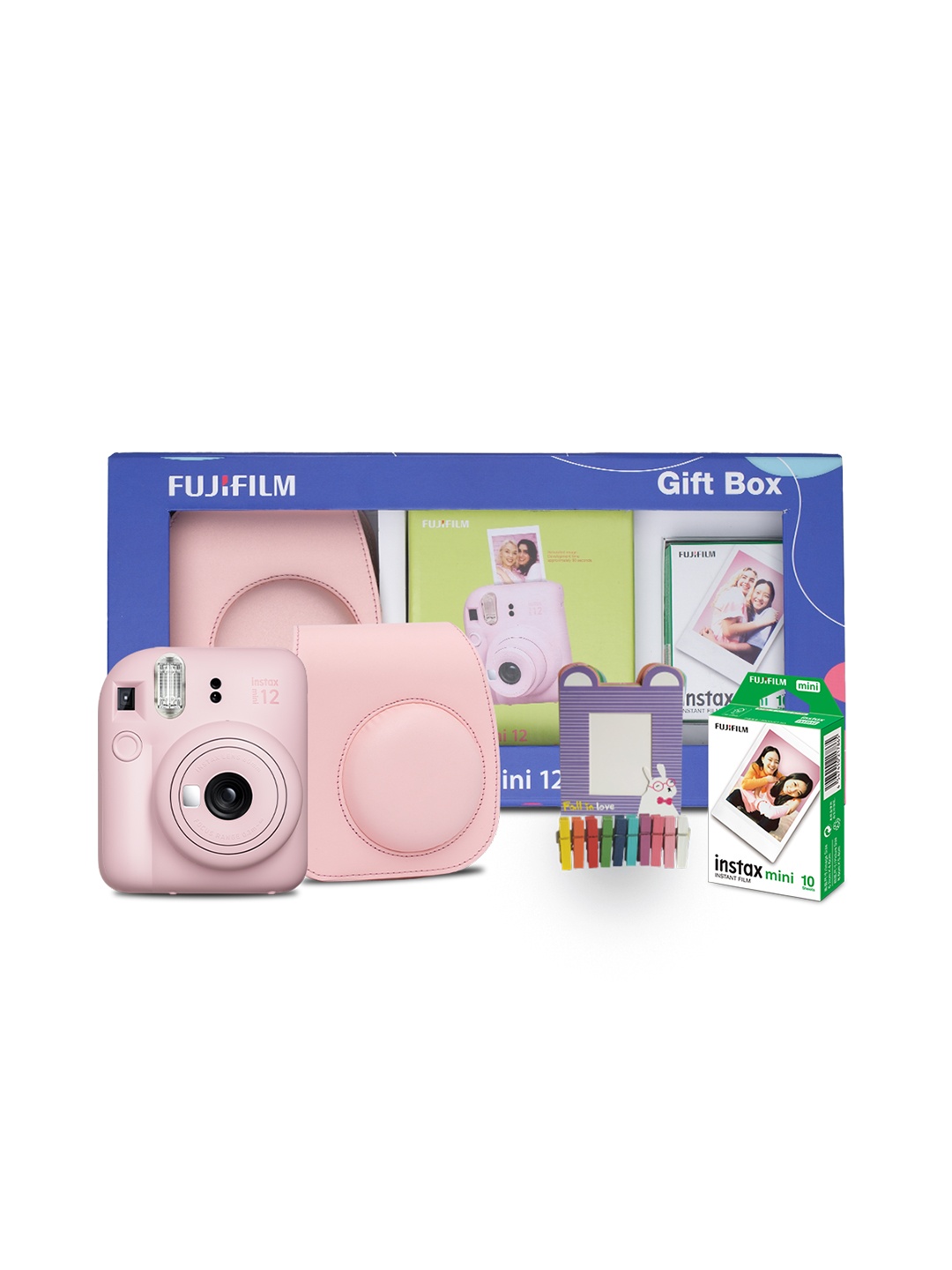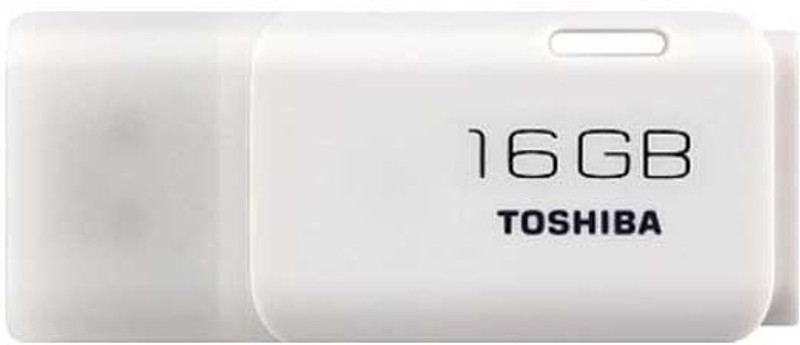How To Pick The Perfect Pot To Save Your Indoor Plants; Check These 8 Products Now On Amazon

We've all been through this - excitedly bringing a new plant home, only to watch it wilt and wither within weeks. Sometimes, despite our best efforts to water, feed, and place our plants in the best light, they just don't thrive. But could it be that we've been focusing on the wrong things? Maybe it's not just about the plant itself, but about how we're setting it up for success, or failure. The key to keeping plants healthy, particularly indoors, often lies in a surprising place: the pot. It's easy to overlook the humble pot when focusing on the more obvious plant care factors. However, this seemingly small detail could be the very thing that's preventing your plants from flourishing.
Therefore, choosing the right pot can make all the difference. Let's dive into why your indoor plants keep dying, how a little pot-knowledge will go a long way and the solutions now available on Amazon for you to benefit from.
Also Read: We Added Plants To Every Corner Of The House: Here Is What Changed Instantly
1. The Pot Size Matters More Than You Think
When it comes to indoor plants, size isn't just about aesthetics. A pot that's too small can stifle the growth of your plant, while one that's too large may hold too much water and drown its roots. Finding the right balance is crucial.
A pot that's too tight restricts the roots, which means your plant can't properly absorb water and nutrients. On the other hand, a pot that's too big leads to waterlogging. Imagine your plant's roots swimming around in too much moisture, unable to breathe. Not a pleasant environment for growth. The right pot should offer just enough room for roots to expand, providing enough space without overwhelming the plant.
For a general guideline, choose a pot that's 1-2 inches wider than the root ball of the plant. This way, your plant has room to grow, but it won't be drowning in excess water. Your plant will thank you for it!
2. Drainage Is Crucial, Don't Skip It
If there's one thing that can quickly kill your indoor plants, it's poor drainage. Waterlogged soil is a silent killer, and without proper drainage, the plant's roots are left suffocating in stagnant water. Root rot can set in quickly, and before you know it, your plant is gone.
Look for pots with drainage holes at the bottom, they're essential for ensuring water doesn't sit in the pot. It might seem like a small detail, but it's one of the most important. Some gardeners even place a layer of gravel at the bottom of the pot for extra drainage, just to be sure.
If your favourite pot doesn't have drainage holes, fear not! Simply use a nursery pot inside the decorative one, or create your drainage system with rocks, or even a piece of cloth to allow water to escape. After all, your plant deserves to breathe!
3. Material Matters: Clay vs Plastic
Did you know that the material of your pot plays a big role in how your plant's roots thrive? Pots come in a variety of materials, but two stand out as favourites: clay and plastic. Each offers its own set of benefits and drawbacks.
Clay pots are porous, which means they allow air to reach the roots and moisture to evaporate. This is ideal for plants that don't like to be too wet, such as succulents or cacti. On the flip side, they're a bit heavier, so they're not ideal for plants you plan to move around frequently.
Plastic pots, on the other hand, are lightweight, affordable, and often come in more fun colours and designs. However, they don't offer the same breathability as clay pots, which means your plant might not be at all cosy in there, potentially leading to overwatering issues. If you opt for plastic, consider a self-watering pot to give your plant a bit more air circulation.
So, which should you choose? It depends on the needs of your plant. For moisture-loving plants, plastic might be the way to go. For plants that need a little more breathing room, a clay pot is a better option.
4. Pot Shape Affects Root Growth
Not all pots are created equal, and the shape of the pot can have a huge impact on your plant's root growth. Traditional round pots are popular because they're easy to find and often offer good root circulation. But did you know that pots with a wider base and narrower top can actually help with stability and root spread? This allows the plant to grow more evenly and reduces the risk of tipping over.
If you're planting something that grows tall or top-heavy, choose a pot with a wider base for extra support. If you're dealing with a slow-growing plant that doesn't need a lot of space, a compact, round pot might be just right. Think about your plant's growth habits before choosing the pot's shape.
Also, be aware that some plants, like bonsais or certain orchids, need specially designed pots to accommodate their unique root systems. It's all about giving your plant the right kind of space to grow in a way that suits its natural habits.
5. Choosing The Right Colour: A Surprisingly Important Factor
It might sound strange, but the colour of your pot can influence your plant's health, and it's not just about looks! Darker pots absorb more heat from the sun, which can be beneficial for plants that need warmth. However, they can also increase the risk of overheating the roots if the plant is exposed to too much direct sunlight.
Lighter-coloured pots, on the other hand, reflect heat and light, which helps keep the roots cooler. This can be particularly useful for plants that prefer a cooler environment, like ferns or orchids. So, the next time you choose a pot, consider your plant's heat preferences and opt for a colour that complements its needs.
But remember, while colour does play a role, it's still secondary to the practical features of the pot. A beautiful pot is great, but a healthy plant is even better.
6. Pot Location: How Where You Place the Pot Matters
The location of your plant's pot is just as important as the pot itself. If the pot is too large or too small for the space, or if it's placed in an area with little sunlight or poor air circulation, your plant won't thrive.
Think about the environment your plant needs. Succulents, for example, thrive in sunny spots and need a pot that allows excess moisture to escape quickly. On the other hand, ferns and tropical plants prefer humidity and indirect light. Choose a pot and location that work together to support the plant's needs.
Also, don't forget to rotate your plants! A pot in a spot where it only receives sunlight from one direction can lead to uneven growth. Turning your plant every so often ensures it gets the sunlight it needs from all angles.
7. Don't Forget The Plant Saucer
This is the unsung hero of indoor plant care. You've found the perfect pot, now it's time to protect your surfaces with a plant saucer. These little trays sit beneath your pot and catch any excess water that drains out. Without a saucer, you risk water spilling onto your windowsill or floor, which can damage furniture and promote mould growth.
Saucer choices are diverse, from simple plastic trays to more stylish ceramic options. Whatever you choose, make sure it's large enough to catch the water without being too shallow. The last thing you want is for water to overflow and cause a mess.
While a saucer might seem like a minor detail, it's the small things that often make a big difference in plant care. And your furniture will thank you, too.
8. Potting Soil: Not Just An Afterthought
You've got the pot, but what about the soil? It's tempting to think that any old dirt will do, but choosing the right soil for your pot and plant is crucial for its health. Different plants have different soil requirements, and the wrong type of soil can lead to water retention problems, nutrient imbalances, or even root rot.
For example, cacti and succulents need well-draining, sandy soil, while ferns do best with rich, loamy soil that retains moisture. Before potting your plant, do a bit of research on what type of soil is best suited to its needs. The wrong soil can undo all the benefits of choosing the perfect pot.
Products Related To This Article On Amazon
1. Dime Store Wooden Balcony Garden Plant Stand Patio Indoor
2. Lifelong Set Of 4 Plant Stand For Balcony & Living Room Capacity 120Kg
3. 6 Tier Plant Stands for Indoors and Outdoors
4. Plant Stand Indoor, 6 Tier 7 Potted Bamboo Plant Stands for Indoor Plants
5. Kuber Industries Metal Stylish 3 Steps Large Vertical Garden Stand for Outdoor Balcony Corner
6. UGAOO Elevate 3-Tier Square Tube Plant Stand
7. ecofynd Plantica Shelf Plant Stands for Outdoor Balcony
8. ecofynd Trivo A-Shaped Plant Stands for Outdoor Balcony
The struggle to keep indoor plants healthy doesn't have to be a never-ending battle. By focusing on the often-overlooked details, like selecting the right pot, you can give your plants the best chance to thrive. The size, material, shape, drainage, and even the colour of the pot can all play a role in your plant's health. So, before you blame yourself for another plant casualty, take a closer look at your pot; it might just be the key to a happier, healthier indoor garden.
Plants are more than just decoration. They're living beings that need care, and the right pot can make all the difference in nurturing their growth. Choose wisely, and watch your plants bloom.
Disclaimer: The images used in this article are for illustration purposes only. They may not be an exact representation of the products, categories, and brands listed in this article.






























